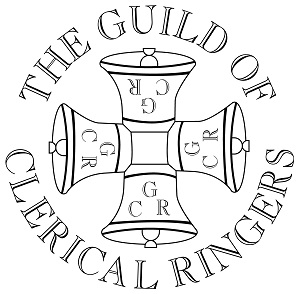Thought for the week
In George Massey’s monumental work ‘The Church Bells of Somerset’, there is an interesting little historical anecdote about Limington (6 bells, tenor 11-1-27 in G).
The year is 1610. A few days before Whitsun, the local ringers rang a peal from 5 a.m. to 9 a.m. They then, presumably, repaired to the local, the innkeeper being one of the ringers, and it is supposed that any licensing laws meant little in the village.
They returned to the tower at about 1 pm, when they began another peal. A church official, John Pavvett, took exception to this, complaining that the standard of ringing was poor and that they should have been satisfied with having jangled the bells all morning. Walter Hopkins, the leading ringer, was not best pleased and said, “I know there is nobody that will find fault with the ringing except the Parson, and he has nothing to do in the church but to say the service and say Amen.” Pavvett grabbed the third rope from the ringer, bringing the peal to an abrupt end.
To cut a long story short, it came to blows, the Rector was called, the ringer after some strong language continued to ring, and the Rector mounted his horse and rode to the magistrate, Sir Edward Hexte, to lodge a complaint. The depositions in the Somerset Record Office do not record the end of the matter, but one hopes that peace and harmony was eventually restored to the little village of Limington in very rural Somerset.
Well, there is a fascinating glimpse into village ringing in the early 17th century. It all happened a long time ago and yet, I suggest, it has something to say to us today. Our relationship, as ringers, with the listening public and the clergy of the of the churches in which we ring is of supreme importance. It has to be one of sensitivity and mutual cooperation – all part of what it means to ‘love our neighbour’. Amen.
Chris Marshall
is a member of the Guild of Clerical Ringers.
